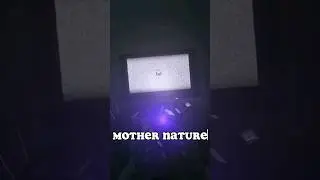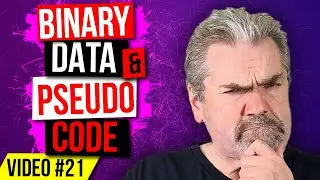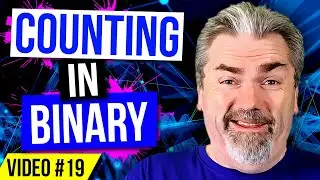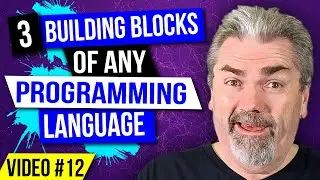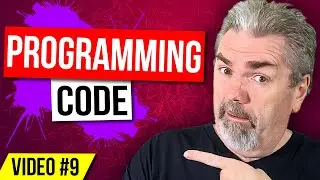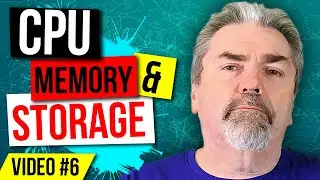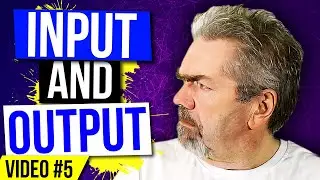HEX, ASCII & UNICODE - The "What" and the "How" - Learn to Code Series - Video #20
In the last episode, we learned to count in Binary.
Today, we learn how to count in Hex, and then take a look at ASCII and Unicode which will help us understand how the computers store other types of information.
ASCII and Unicode are definitely things you will come across as programmers, so you may as well learn the basics of it today.
Rest assured we are getting to that. I've crafted this series to give you insights into a lot of things that will ultimately give you an advantage when it comes to programming.
Why am I doing this course? Well, I decided to create a course to teach the basics of programming from scratch. But at a deeper level than most courses, starting with many of the things that are not discussed in other programming courses like binary, machine code, etc.
Don't worry, I am not going to go into crazy deep levels with hardware, but enough so you really understand how this stuff works, before we move onto the programming side.
Eventually, we will delve into higher-level languages including Java, Python, C++, and Kotlin and by the end of the series you will be in a good position to move to another programming course and have a good basic knowledge of how computers work under the hood, and more importantly, how the computer runs the code you create.
I hope you enjoy the video!
The first video in series - • History of the Computer Part 1 - Lear...
Previous video in series - • Counting In Binary - How to do it! Le...
Next video in series - • Binary Data - How The Computer Stores...
Playlist of all videos in the series - Playlist list
• Learn to Code Series
#learntocode #learnprogramming #timbuchalka #software #programminglanguages





